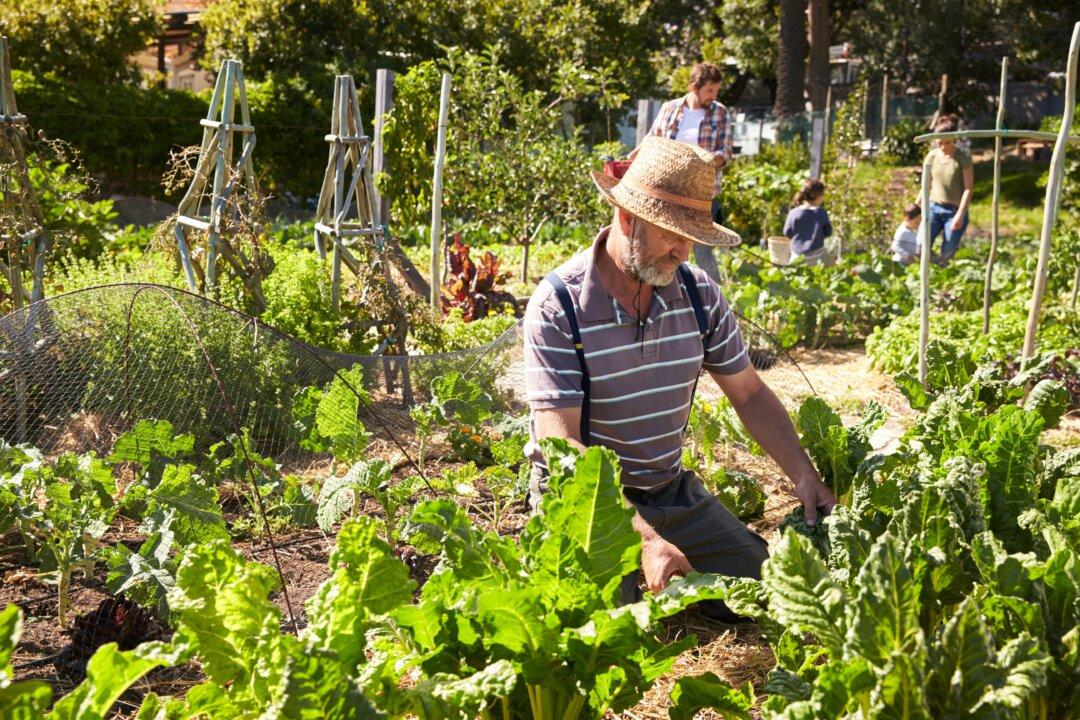The British are known for drinking tea. Got a problem? Have a cup of tea. Feeling a bit unwell? Have a cup of tea. Just popped ‘round to a neighbor’s house to borrow a wrench? Have a cup of tea. Already drank 37 cups today and have a painfully distended bladder? Go on, have another cup!
It would seem that this tradition is fairly common throughout the world, however. Sharing is caring, as the saying goes. Giving food and drink is a way to communicate this, irrespective of our background, culture, or language. To “break bread” has deep-rooted meaning and alludes to a history of making sure no one is left hungry. To nourish another human being is to nurture their health and happiness. Time to put that kettle on!





